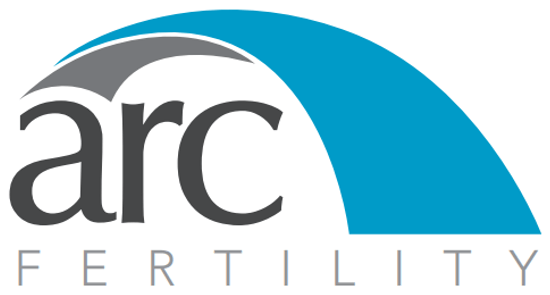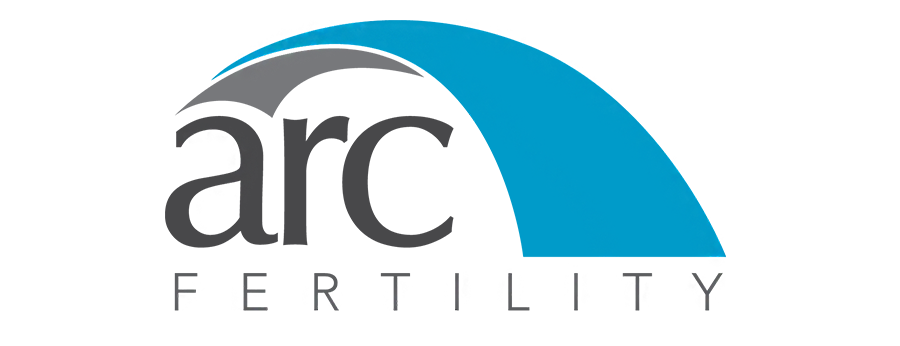Fertility Benefits
It is an increasingly competitive labor market in the United States. The unemployment rate is at 3.6%, which the Federal Reserve classifies as full employment. First-time jobless claims are their lowest since 1970, while wages have steadily climbed over the past year. Companies are working harder to attract and retain quality employees, and higher pay is just one arrow in their quiver. To entice and keep top-tiered talent, many organizations have started offering benefits outside of traditional compensation plans, which explicitly help employees start or expand their families.
Family-building benefits create a significant amount of goodwill between employer and employee because it shows that a company is sensitive to its workforce’s needs outside the workplace. Studies have shown that employees who use these benefits have increased loyalty to their employer, and even employees who never plan to use this coverage view them positively. These benefits typically cover treatments like in vitro fertilization (IVF), intrauterine insemination (IUI), and fertility drug prescriptions.
Employer-Provided Adoption Assistance Benefits
However, one area that many of these plans typically miss is adoption assistance benefits. While it is not something most employees will ever use, it is attractive to members of the LGBTQ+ community, those who might want to be single parents, those experiencing more challenging fertility issues and others who choose adoption as their preferred way to form a family. Depending on the scope of the benefit, the employee can receive several types of assistance throughout the adoption process.
Information resources are essential when an employee is looking at adoption. The benefit plan may have connections to local adoption agencies or be able to provide assistance (or specialists) to facilitate international adoption. Adoption can be a complex and time-consuming process, and these plans can also offer financial aid to move things along.
The Cost of Adoption
Financial aid is often required because there are many costs when adopting. Adopting a foster child might be only a few thousand dollars, while an international adoption averages around $50,000. A benefit plan could provide a lump sum payment between $1,000 and $15,000 or more, or help to cover various associated fees, like court costs, adoption agency, and legal fees. Several plans might even offer partial reimbursement to employees for their expenses.
The most comprehensive and supportive plans can help employees take time off to pursue an adoption, which is especially useful for international adoptions. Once the process has been finalized, the new family will need time together to bond. Currently, federal law requires employers with 50 or more employees to give 12 weeks of unpaid parental leave for childbirth or adoption. Some plans might allow paid leave or extended time off by combining vacation and sick days to give the new parents extra time to bond with their adopted child.
Adoption Benefits Promote and Support DEI
The cost of adoption benefits is relatively low because a small fraction of employees use them. But the goodwill and loyalty they create for a company’s workforce can have a lasting and positive impact on an organization. It can help create a diversified and inclusive workforce. At a time when many organizations are looking for ways to recruit and retain the best and the brightest workers, family-building benefits like this can make the difference when other factors like pay are equal.
Author Bio
Dr. G. David Adamson, MD, FRCSC, FACOG, FACS, is the Founder, Chairman, and CEO of ARC Fertility. He is a globally recognized reproductive endocrinologist and surgeon, and is a Clinical Professor, ACF at Stanford University, and Associate Clinical Professor at UCSF. Dr. Adamson also serves as the current Chair of the International Committee Monitoring ART (ICMART), a WHO NSA/NGO.
Connect Dr. G. David Adamson
This article was originally published in HR.com
Related Articles:
How Fertility Benefits Drive Recruiting and Retention
Promoting Inclusion and Diversity with Fertility Benefits
How Can Your Business Support LBGTQ+ Families?
Male Fertility and Corporate Benefits


